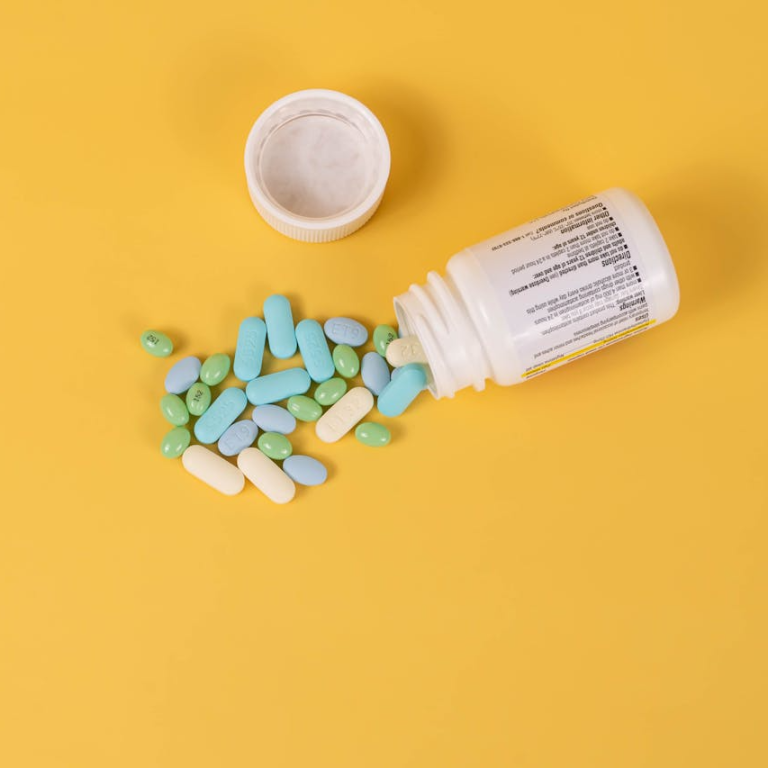Key Takeaways
-
The Medicare Part D “donut hole” coverage gap officially closed in 2020, but in 2025, cost surprises can still arise during different phases of your drug coverage.
-
Even with a $2,000 out-of-pocket cap now in place, the structure of Part D still includes multiple coverage phases that can lead to fluctuating costs throughout the year.
Understanding the Closure of the Donut Hole
If you’re enrolled in Medicare Part D in 2025, you may have heard that the “donut hole” is gone. That’s true—technically. The donut hole, a phase in Part D coverage where you used to pay a larger share of prescription drug costs out of pocket, was officially phased out in 2020. However, the design of Part D still includes coverage phases that can catch you off guard.
Let’s walk through how these phases work and where potential cost surprises can occur.
How Part D Drug Coverage Works in 2025
Medicare Part D coverage is structured around three phases in 2025:
1. The Deductible Phase
-
You pay 100% of your drug costs until you meet the deductible.
-
For 2025, the standard Part D deductible is $590.
2. The Initial Coverage Phase
-
After meeting your deductible, you share costs with your plan.
-
Typically, you pay copayments or coinsurance (often 25%) until your total drug costs reach $5,030.
3. The Catastrophic Coverage Phase
-
In previous years, beneficiaries had to pay 5% of drug costs in this phase. As of 2025, this coinsurance requirement has been eliminated.
-
Once your out-of-pocket spending reaches $2,000, your plan pays 100% of covered drug costs for the rest of the year.
It may seem straightforward, but each of these phases can include unexpected expenses that go beyond what you anticipated.
Why the Donut Hole Still Lingers—In Spirit
While the structure of the donut hole is gone, the experience of increasing out-of-pocket costs as you use more prescriptions hasn’t completely disappeared.
Cost Escalation Still Happens
-
If you take multiple medications or require costly brand-name drugs, your drug costs can escalate quickly.
-
Moving from the deductible to initial coverage, then into catastrophic coverage, can still result in several months of high out-of-pocket expenses.
Plan Design Varies Widely
-
Some Part D plans have tiered formularies with widely varying copays.
-
Preferred drugs may be affordable, but non-preferred or specialty drugs can still carry high out-of-pocket costs even before hitting the $2,000 cap.
What Triggers a Cost Surprise?
Even with the donut hole technically closed, here are key reasons you might still face unexpected drug costs:
1. Entering the Year Without Realizing Plan Changes
-
Each fall, Part D plans update their formularies and cost-sharing terms.
-
If you don’t check your Annual Notice of Change (ANOC), you might be caught off guard by new copays or a change in drug tiers.
2. Hitting the Deductible Early
-
If you fill a high-cost medication in January, you’ll bear the full cost until the deductible is met.
-
This sudden spike in spending can be jarring if you weren’t expecting it.
3. Crossing the $2,000 Out-of-Pocket Cap Mid-Year
-
While the cap provides a safety net, your monthly expenses can still be substantial until you hit that threshold.
-
Depending on your drug regimen, it may take months to reach this point.
The Timeline of Costs: Month-by-Month Breakdown
Understanding when you’re likely to pay more can help you plan ahead.
-
January to February: You may still be in the deductible phase. Expect full retail costs on your prescriptions.
-
March to August: Most beneficiaries move into the initial coverage phase. Copays and coinsurance apply.
-
September to December: If your out-of-pocket spending has reached $2,000, you enter catastrophic coverage. Drug costs drop sharply.
This cycle can create the illusion of the old donut hole, especially for people managing chronic conditions.
The Importance of Drug Tier Awareness
Every Part D plan has a formulary, or list of covered drugs. This list assigns medications to tiers, which influence how much you pay.
-
Tier 1 and Tier 2 drugs are usually generics and have lower costs.
-
Tier 3 and higher often include brand-name or specialty drugs with significantly higher copayments.
Some cost surprises happen when a drug you need is suddenly reclassified to a higher tier or dropped altogether.
Strategies to Minimize Cost Surprises
You can reduce your risk of unexpected drug expenses by taking these proactive steps:
Review Plan Documents Annually
-
During the Medicare Open Enrollment Period (October 15 to December 7), compare plans to see if a different one better meets your medication needs.
Use Preferred Pharmacies
-
Many Part D plans offer lower prices at specific pharmacy networks. Make sure you’re filling prescriptions at a preferred location.
Explore Generic or Therapeutic Alternatives
-
Ask your healthcare provider if there are cost-effective substitutes that are still clinically appropriate.
Track Your Spending
-
Keep a record of what you’re spending. This helps you anticipate when you’ll reach the $2,000 out-of-pocket cap.
What the $2,000 Cap Does—and Doesn’t—Do
The introduction of the $2,000 annual cap on out-of-pocket drug costs in 2025 is a major shift in how Medicare Part D works.
Here’s What It Does:
-
Limits the total amount you can spend on covered prescription drugs annually.
-
Once you hit the threshold, the plan covers the rest of the costs for the year.
Here’s What It Doesn’t Do:
-
It doesn’t prevent large expenses early in the year during the deductible or initial coverage phase.
-
It doesn’t guarantee consistent costs from month to month.
-
It doesn’t cover drugs that aren’t on your plan’s formulary.
Monthly Payment Option Helps—If You Use It
Starting in 2025, the Medicare Prescription Payment Plan allows you to spread your prescription drug costs over the course of the year rather than paying them all upfront.
This feature can offer predictable budgeting but requires enrollment. You need to opt in through your plan, and if you miss this option, you could still experience sharp cost spikes early in the year.
Who Benefits Most from the $2,000 Cap?
This cap brings the most relief to individuals who:
-
Rely on expensive specialty medications.
-
Have multiple chronic conditions requiring multiple drugs.
-
Previously spent well over $2,000 in out-of-pocket costs each year.
For others, particularly those on low-cost generics or fewer prescriptions, the financial benefit may be limited, but the structure still provides peace of mind.
Why Monitoring Part D Matters More Than Ever
The evolution of Medicare Part D in 2025 has made coverage more protective, but not entirely predictable. While the worst-case scenarios of the old donut hole are gone, you can still face:
-
Fluctuating month-to-month costs
-
Plan changes without warning
-
Surprises when drugs are removed or re-tiered
Staying engaged with your plan throughout the year is essential.
Your Next Step Toward Predictable Coverage
While the donut hole is officially behind us, Medicare Part D still includes enough complexity to warrant a careful review of your options. The key to avoiding surprises lies in understanding your plan, monitoring spending, and making sure you take advantage of tools like the Medicare Prescription Payment Plan.
If you’re unsure whether your current Part D coverage is the best fit for your medication needs, get in touch with a licensed agent listed on this website. A simple review can save you stress, confusion, and potentially thousands of dollars in the year ahead.











